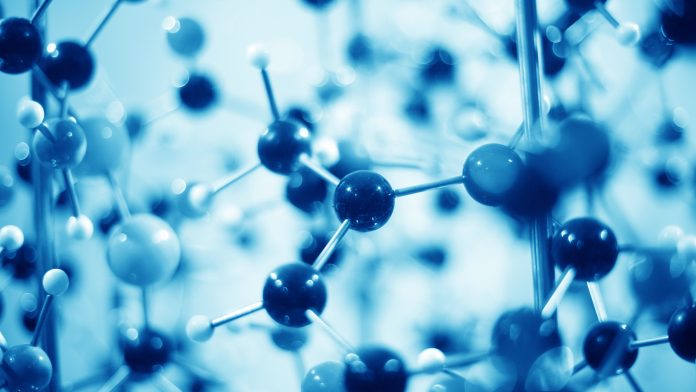Scientists from The University of Manchester have developed a first-of-its-kind molecular device that uses force to control the release of multiple small molecules.
The molecule device has a force-controlled release system that harnesses natural forces to trigger the targeted release of molecules. This could significantly advance the health sector and smart materials.
The device uses a new technique that relies on an interlocked molecule known as rotaxane.
Under the influence of mechanical force, this component triggers the release of functional molecules to target the area in need. For example, medicines or healing agents can be released to target the site of a tumour.
The new device also holds promise for self-healing materials that can repair themselves in situ when damaged, such as a scratch on a phone screen.
The discovery is published in the journal Nature.
The new device overcomes previous challenges
Traditionally, the controlled release of molecules with force has presented challenges in releasing more than one molecule at once. Usually, the system operates through a molecular ‘tug of war’ game where two polymers pull at either side to release a single molecule.
The team’s molecular device involves two polymer chains attached to a central ring-like structure that slide along an axle supporting the cargo. The system releases multiple cargo molecules in response to force application.
The scientists showed the release of up to five molecules simultaneously with the possibility of releasing more, overcoming previous limitations.
‘One of the most efficient release systems’
The breakthrough marks the first time scientists have been able to unveil the ability to release more than one component. This upgrade makes the molecular device one of the most efficient release systems to date.
The team also demonstrated the model’s versatility by using different types of molecules, including drug compounds, fluorescent markers, catalysts, and monomers, unveiling potential future applications.
Expanding self-healing applications
In the future, the team will explore self-healing applications further to determine whether two different types of molecules can be released simultaneously.
For example, the integration of monomers and catalysts could enable polymerisation at the site of damage, creating an integrated self-healing system within materials.
They will also look into the expansion of the types of molecules that can be released.
Guillaume De Bo, Professor of Organic Chemistry at The University of Manchester, concluded: “We’ve barely scratched the surface of what this technology can achieve. The possibilities are limitless, and we’re excited to explore further.”





